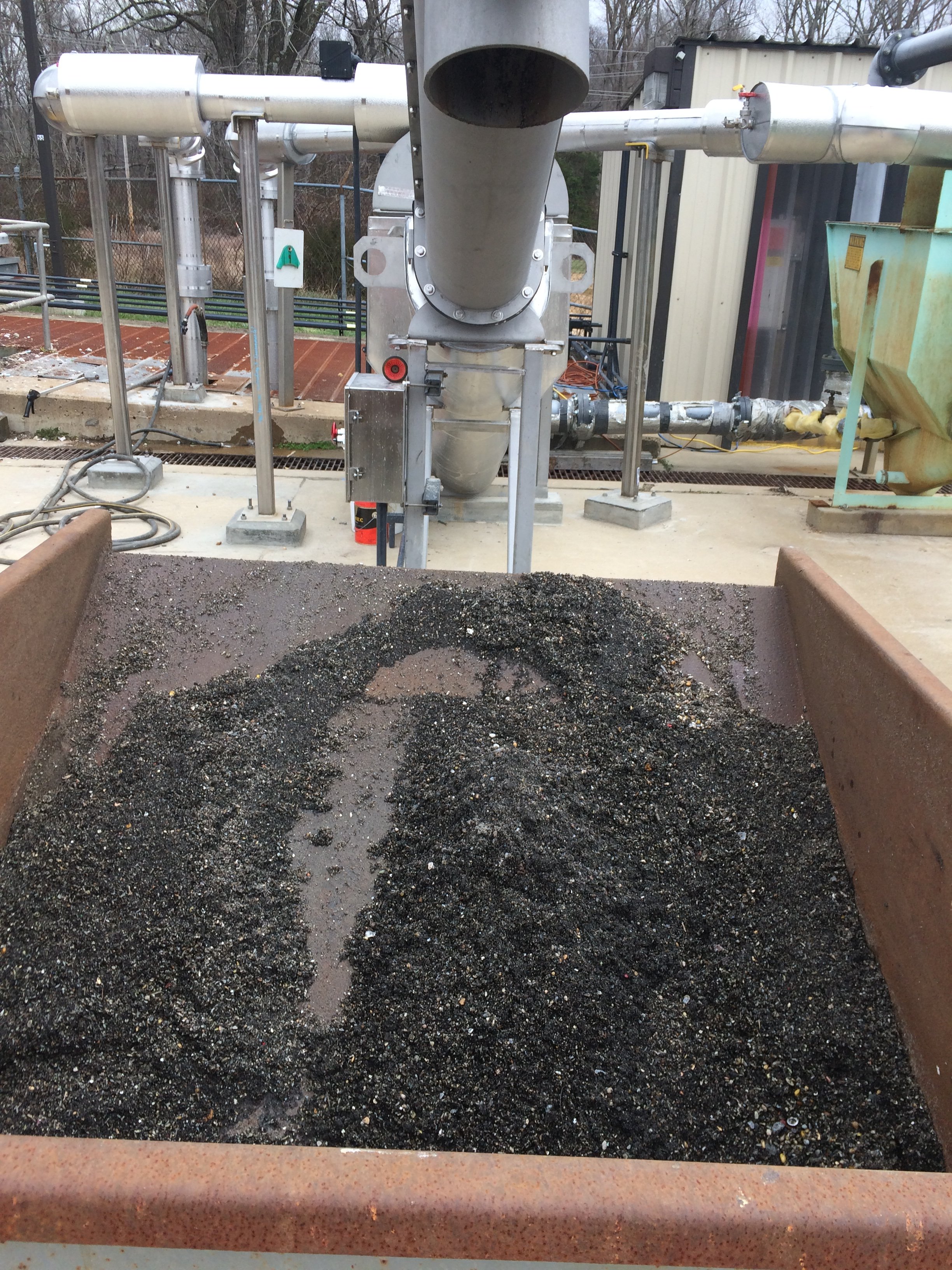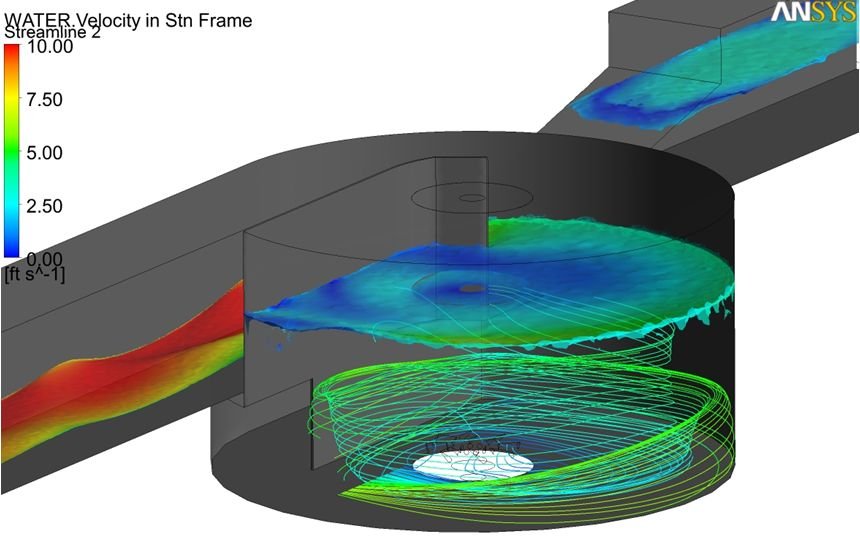Grit removal is a crucial process in wastewater treatment that plays a vital role in enhancing the efficiency and longevity of treatment systems. As wastewater flows into treatment plants, it often carries a variety of solid particles, including sand, gravel, and other abrasive materials known as grit. Without proper removal, grit accumulation can lead to extensive wear and tear on equipment, reduced process efficiency, and increased maintenance costs.
The Significance of Grit Removal:
Grit removal is imperative in wastewater treatment because it prevents the abrasion of mechanical equipment such as pumps, turbines, and valves. These abrasive particles can cause extensive damage, leading to costly repairs and downtime. Additionally, grit accumulation in downstream treatment units may impede their performance, leading to reduced treatment effectiveness.
Mechanisms of Grit Removal:
Various methods are employed to remove grit from wastewater. One of the commonly used techniques is gravity settling, where the flow velocity is reduced, allowing the grit to settle to the bottom. Another method is centrifugal separation, which uses rotational forces to separate grit particles from the liquid stream. The choice of grit removal method depends on the specific characteristics of the wastewater and the treatment plant's design.
Types of Grit Removal Systems:
Municipal and industrial wastewater treatment plants utilize different types of grit removal systems, including vortex grit chambers, aerated grit chambers, and detritus tanks. Each system has its advantages, depending on factors such as flow rate, particle size distribution, and available space. Modern treatment facilities often integrate multiple grit removal stages to ensure efficient separation.





